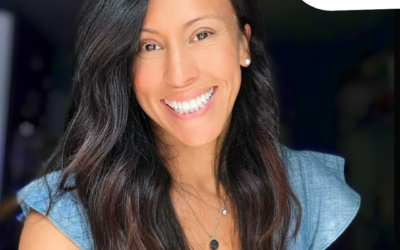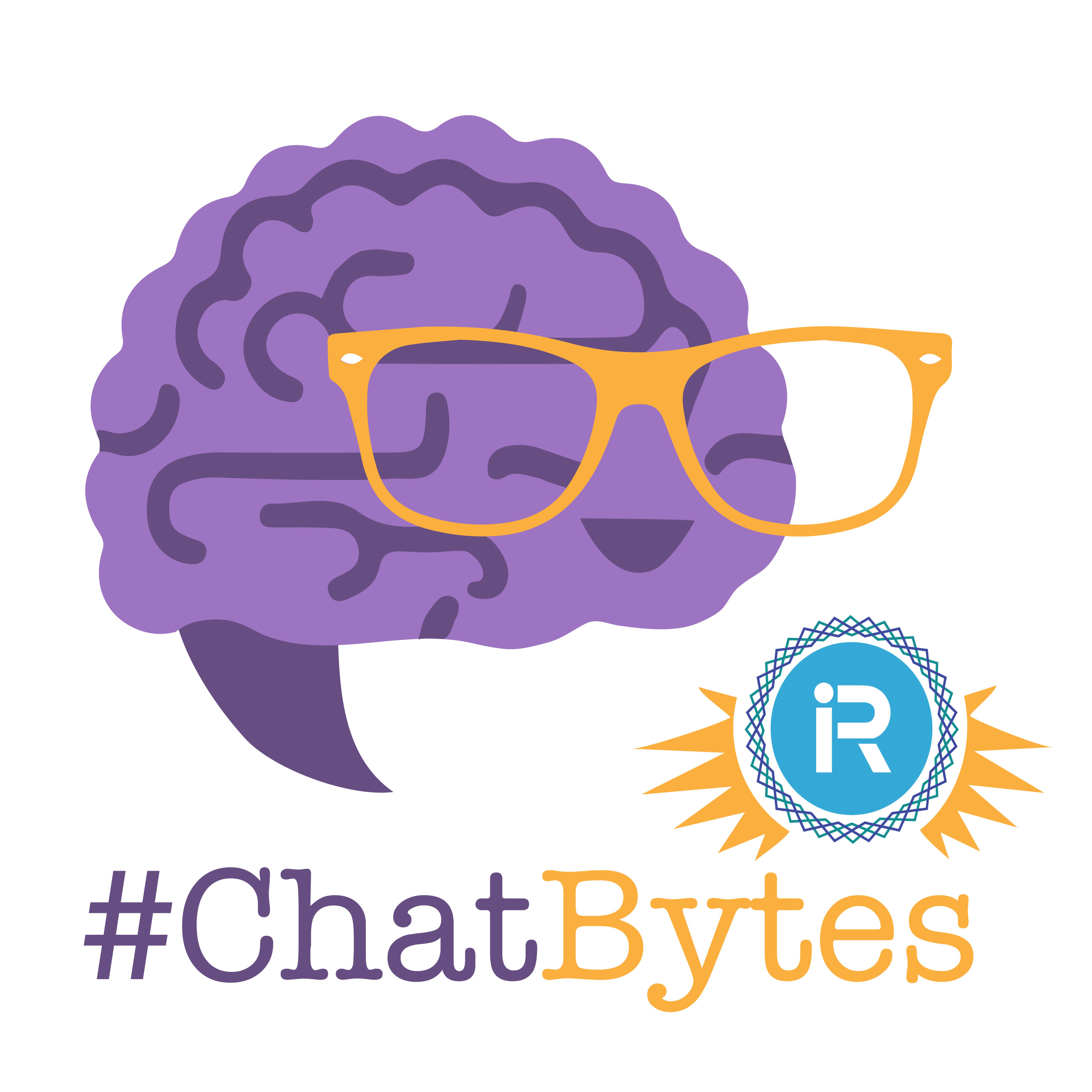 by Rhode Warrior, Mark Noll
by Rhode Warrior, Mark Noll
There is a fourth dimension beyond that which is known to Prospect Research. It is a dimension as vast as space and as timeless as infinity. It is the middle ground between research and cultivation, and it lies between the objective of a campaign and the attainment of such. This is the dimension of gift attainment.
For over twenty years I have pored over volumes of information mined from everything from dusty library books to state-of-the-art predictive models. Over that span of time I have reviewed copious amounts of biographical information, financial information, lifestyles, hobbies, charitable giving, and a host of other variables in a quest to determine who would donate a given amount and to what project. I have compiled various pieces of information and mined out data. I have formed predictive models and attempted to make a correlation between variables that nobody in their right mind would consider.
To what end?
We all do a series of gymnastics and fist-bumps when we find out that a gift was secured at the amount we calculated and project we targeted. At least we think we nailed it, we never know for sure what could have been secured. Nonetheless, we rejoice in our efforts coming to fruition. We also have an equal and opposite reaction when “the ask” is met with rejection. What did we do wrong? Where did we make a bad calculation or judgment? We were so certain that this gift would wind up in our campaign totals.
The Quest: Reaching Beyond Capacity-Affinity-Affiliation
For years I knew that the trinity of information, capacity-affinity-affiliation, was not the Holy Grail (Note to self: too many religious references here) in determining a gift ask. I asked myself over and over, “what am I missing”? How is it that two prospects with nearly identical characteristics can respond in completely different ways?
The first thing I would do was go back and review all my information. Did I have all the securable information I needed? Was my math off? Was it the wrong project? Was it the timing or possibly the person who made the ask? What made matters all the more complicated was the fact that those prospects I thought were a sure bet to land a gift ended up rejecting the proposal. Why?
My dilemma made me wander the streets at night, stopping random people, and begging them to let me know why the world was so complicated and unpredictable. Why couldn’t I have seen the rejection that lurked in the principal gift ask of last week? After time, I began to rethink matters. Maybe I wasn’t doing anything wrong. Maybe I was just missing a piece of the puzzle.
Yes, there had to be another factor/variable. What was it? I realized it had to be an intangible, for were it otherwise, there were too many brilliant minds in the world of Prospect Research for it not to have been uncovered. After some time it occurred to me that the only data that was missing was rooted in the human mind – psychology – and specifically, the psychology behind philanthropy. I resolved myself to foolishly take up the challenge and untangle this Gordian Knot.
We all know there are generational differences, professional differences, gender differences, and a host of other factors that are at play in philanthropy. But there had to be a way to at least get some idea of what made some prospects give away their hard-earned money while others clung to it like a tourist in a bad neighborhood. I decided to go to the source.
I began to personally interview donors and those who declined proposals to see if I could find a common factor that would distinguish one prospect of identical data who made a gift as opposed to a similar person who declined. I talked at length to the gift officers involved to see what their feedback and view was on the matter. I wondered if it was a personality trait or ecological factor or whatever.
The Epiphany: Life Experience
It wasn’t until I talked to a donor who said he declined on a proposal and stated that “he had no life experience to give in such an area.” It was in the way he said it. This was it! The missing factor! Experience. I started looking deeper and deeper into past gifts and realized that this was nothing more than an extension of affinity – a life experience that increased the likelihood of a gift exponentially.
Some of these areas became painfully obvious. Dorm students were more likely to give than commuter students because they actually lived on campus. They slept on campus, ate dinner on campus, and of course, were educated there. They were attached to the campus whereas a commuter student didn’t share that same personal experience.
It went deeper to… a professor who helped the student achieve success or a coach who was a mentor. It was all beginning to make sense. The gifts were personal. The extent of giving was proportionate to the life experience. How could I have missed it? I give to the MS Society because I lost a sister to MS. I give to Autism because a family member is autistic. And I don’t give to my alma mater because I was a commuter student. The answer was inside me all along and I was too close to it to see it for what it was worth.
I had part of the answer all along – the affinity identified by previous giving both internally and externally. But I took it further. I wanted to be ahead of things, to be proactive in mapping out new areas for donor to make a difference. I researched beyond the donor and into the family and their past. Through various sources including everything from obituaries to social media, I unearthed life experiences that redirected both the project and the ask amount based on the impact it may have had on one’s life. It was these experiences that were overlooked in the past. The connection one has in giving to Cancer Research, Opera, an Endowed Chair, a food bank, or even a scholarship in the name of their parents.
The fourth dimension was life experience – an event that attached a prospect inexorably to a charitable cause.
My tabulations these days consist of weighted factors to capacity-affinity-affiliation and now, life experience. The bigger the life experience, the more weight is added to the anticipated gift amount.
For when one gives from the heart, one gives generously.

